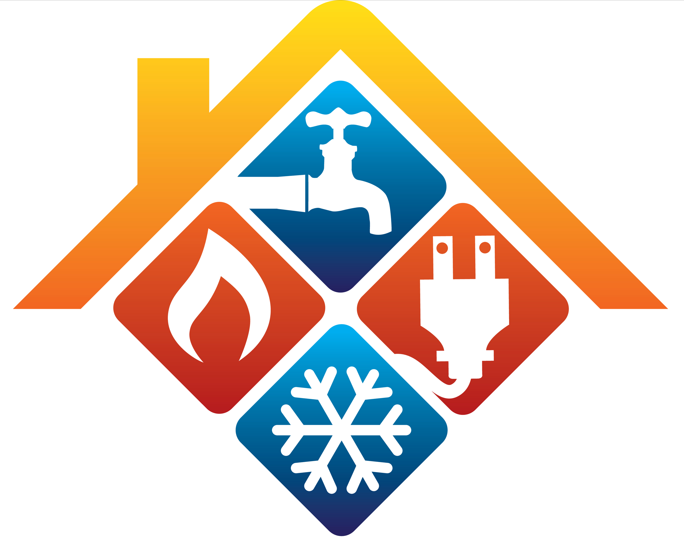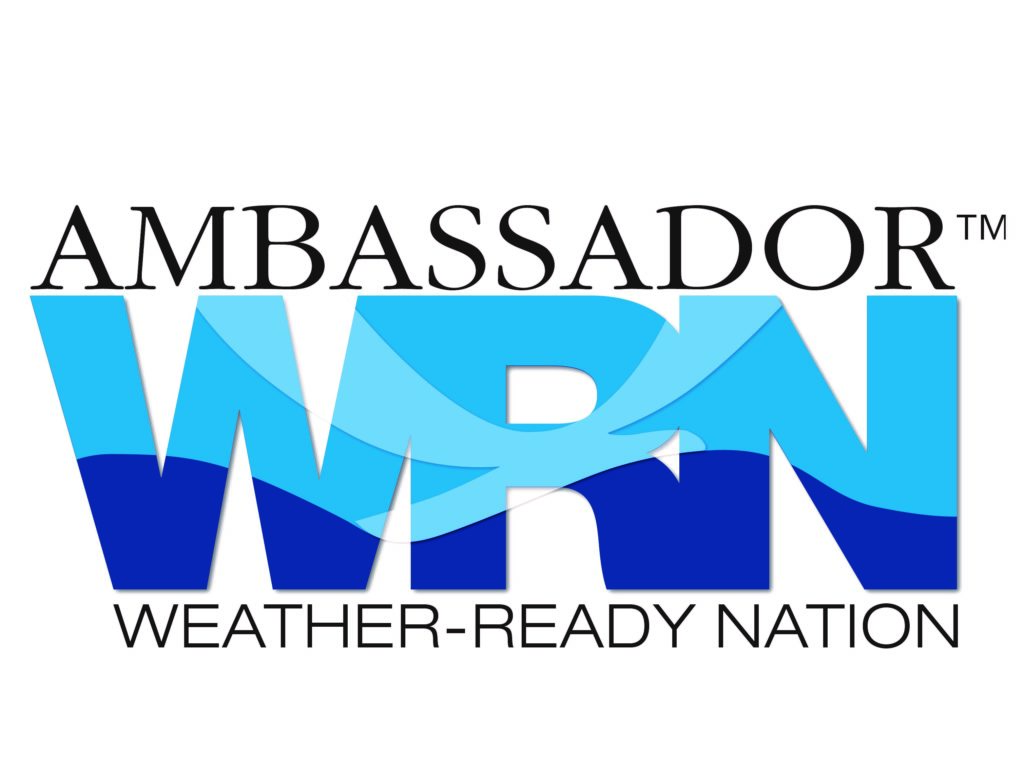Why it Came to Be
In the early morning hours of August 24th, 1992, Hurricane Andrew, a devastating Category 5 storm, struck land off the eastern coast of Florida’s Peninsula, destroying more than 125,000 homes, and causing the death of more than 60 people.
Insurance companies knew that the high-wind storm would result in severe damage and devastation, however, what the underwriters didn’t expect was to see such a surge in claims, as many parts of their insured homes had been labeled to be in good/acceptable conditions.
The hurricane-related surge in insurance claims that would then follow, spurred the need to help decrease this issue in the future, and from this insurmountable damage, devastation, and loss of life the 4-point inspection was developed, helping insurance companies effectively determine how a home is maintained and aging.
Into the 4-point inspection
Now that we understand that a 4-point inspection (4PT) inspection provides direct insight about the condition of a home to an insurance company, the question becomes what should homeowners expect from this inspection?
This inspection type looks at four primary systems of the home—the roofing, electrical, the plumbing system, and the HVAC (heating, ventilation, and air conditioning) to determine age and condition*.
*Note: A 4PT inspection is not a real estate inspection and shouldn’t be relied on for purposes of purchasing a home. If you’re purchasing a home, you need to contract a licensed Home Inspection company.
A 4PT inspection is a limited visual survey the four, previously mentioned systems.
So, What’s Involved
The Roof Inspection
The Roof Inspection portion will document the age of the roof, the remaining useful life, missing or damaged flashing, leaks, sagging or damaged decking and rafter/truss systems or other age and maintenance items that need to be corrected. Our inspector will perform a background permit search to establish the last date of replacement and perform a visual inspection to determine the answers for the above criteria. Any documentation you may have relating to roof replacement or maintenance is helpful.
Before re-roofing, you should be aware that there are upgrades (Code Plus) that can significantly reduce your windstorm insurance costs, for more information contact us and we will help you create a scope of work for your roofing contractor that includes these critical upgrades.
Problems that could require maintenance or replacement include loose, cracked, deteriorated, damaged or missing roof covering and flashing; the presence of gravel roofs; curling of shingles or signs that the roof has reached its useful life; active leaks, holes or other damage resulting from damage, poor or improper installation and/or maintenance. Always use a licensed roofer and require a roofing permit with a roofing inspection to ensure that these systems meet the minimum code requirements.
RELATED ARTICLE: Is it Time to Reroof? 12 Signs That a Replacement May be in Your Future
The Electrical System Inspection
The electrical Inspection portion documents the size and condition of the main service, the condition of the main breaker and sub breaker panels, the type of wiring in existence, the presence of GFCI outlets (ground fault circuit interrupter outlets) in the bathrooms and kitchen, AFCI (Arc-Fault Circuit Interrupter) outlets in the bedrooms, and if there are any unsafe electrical conditions that need immediate attention.
Our inspector will perform a background permit search to establish the last date of replacement or upgrade and perform a visual inspection to determine the answers for the above criteria. Any documentation you may have relating to electrical upgrades, replacement, or maintenance is helpful.
Problems that could require maintenance or replacement include exposed or unsafe wiring, old fuse type systems instead of circuit breakers, inadequate or blocked access to fuse panels or breaker boxes, inadequate service loads, improper maintenance or wiring connections in the breaker panels, aluminum wiring, active knob and tube wiring systems, missing outlet and light switch covers or obvious code violations. Always use a licensed electrician and require an electrical permit and inspection to ensure these systems meet the minimum code requirements.
The Heating and Air Conditioning System (HVAC) Inspection
The HVAC Inspection portion documents the type of heating and cooling system(s), the age of each unit, and the overall condition. The outside unit(s) and inside unit(s) should have the manufacturer’s labels on them including a serial number that reflects the date the units were manufactured.
Our inspector will perform a background permit search to establish the last date of replacement or upgrade and perform a visual inspection to determine the answers for the above criteria. Any documentation you may have relating to HVAC upgrades, replacement, or maintenance is helpful.
Problems that could require maintenance or replacement include exposed or unsafe wiring, units older than 20 years in poor repair, dirty or missing filters needing replacement, improper vent stacks for gas furnaces. Always use a licensed HVAC contractor and require a mechanical permit when servicing or replacing systems to ensure they meet the minimum code requirements.
The Plumbing System Inspection
The HVAC Inspection documents the type of heating and cooling system(s), the age of each unit, and the overall condition. The outside unit(s) and inside unit(s) should have the manufacturer’s labels on them including a serial number that reflects the date the units were manufactured.
Disaster-Smart will perform a background permit search to establish the last date of replacement or upgrade and perform a visual inspection to determine the answers for the above criteria. Any documentation you may have relating to HVAC upgrades, replacement, or maintenance is helpful.
Problems that could require maintenance or replacement include exposed or unsafe wiring, units older than 20 years in poor repair, dirty or missing filters needing replacement, improper vent stacks for gas furnaces. Always use a licensed HVAC contractor and require a mechanical permit when servicing or replacing systems to insure they meet the minimum code requirements.
Is a 4PT inspection required?
Whether the inspection is required depends on the state where you live, the age of the home and your insurance company.
Typically, prior to determining eligibility or renewing coverage, a homeowner’s insurance provider will require this inspection type, especially on homes that are more than 20 years old, due to the potential financial risk involved with older electrical, plumbing, and HVAC systems.
Summary
From the tragedy of Hurricane Andrew, the process that we know as the four-point inspection now assures insurers of the actual risk they would assume if coverage were granted or renewed to a homeowner.
The quick and economical inspection also gives homeowners the chance to fix any concerns found with their homes’ essential components, which lowers the possibility of future problems and, ultimately, ensures the value and longevity of their property.
If need to have a Four-Point inspection, please contact our office at 888-964-8776 today to schedule an appointment.









